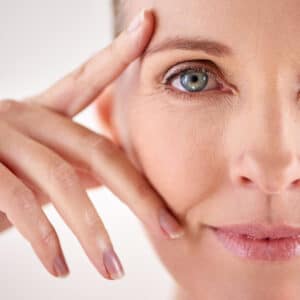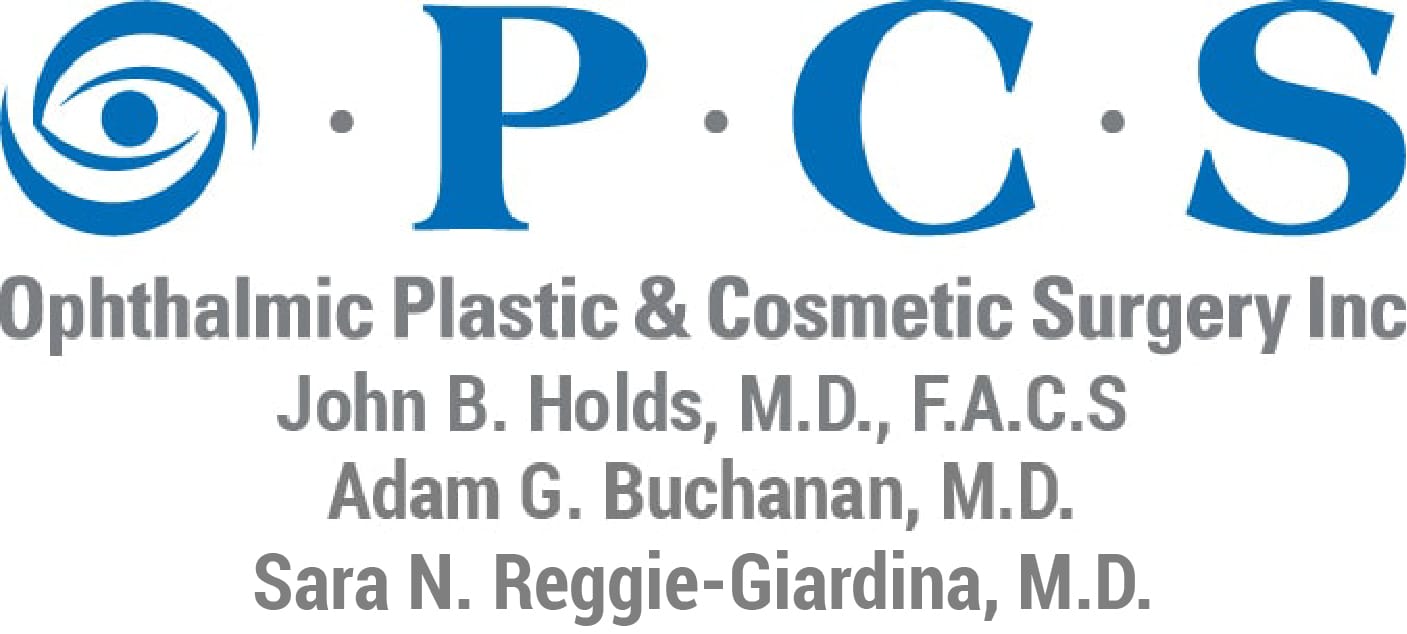Botox Isn’t Just for Beauty: A Look at Blepharospasm Treatment
- Posted on: Jun 15 2018
 Many people experience the occasional twitchy eyelid. The problem can be aggravating but rarely disrupts one’s ability to perform tasks. Except in the instance of blepharospasm or hemifacial spasm. We can link these disorders to a glitch in the neurological system that causes uncontrollable twitching and blinking. In the case of hemifacial spasm, the lower face may also be affected by unrestrained muscle contractions.Dr. Holds
Many people experience the occasional twitchy eyelid. The problem can be aggravating but rarely disrupts one’s ability to perform tasks. Except in the instance of blepharospasm or hemifacial spasm. We can link these disorders to a glitch in the neurological system that causes uncontrollable twitching and blinking. In the case of hemifacial spasm, the lower face may also be affected by unrestrained muscle contractions.Dr. Holds
We Know the Problem but Don’t Always Know the Cause
There are cases in which blepharospasm can be linked to a medical condition such as dry eye syndrome or Tourette’s. However, in many instances of uncontrolled eyelid twitching, doctors never discover the contributing factor. Certain triggers, such as fatigue and anxiety, have been considered, but these do not explain the origin of blepharospasm. Fortunately, we do not have to know the cause of eyelid twitching to manage the condition and prevent unpleasant symptoms.
Treating Blepharospasm
Dr. Holds routinely conducts blepharospasm treatment in our St. Louis office and has treated thousands of patients. Additionally, he has written scientific articles on this medical condition and the various methods of management. Because anxiety and stress can trigger an unexpected eyelid or facial spasms, we recommend patients create strategies that mitigate stress before it accumulates. While stress management techniques are beneficial, they are not likely to resolve blepharospasm altogether. That’s why we use Botox as another management strategy.
- Botox isn’t just a cosmetic powerhouse; this injectable also holds immense therapeutic value. In fact, the initial use of botulinum toxin in medicine revolved around the treatment of muscle-spasm disorders. In the case of blepharospasm, medical professionals can successfully treat approximately 90% of cases with Botox.
- If Botox injections do not achieve the desired outcome we may consider a second-tier treatment. This includes oral medication such as Artane or Valium. The success rate of oral medication is less predictable than Botox.
- Surgery is the top-tier treatment if non-surgical remedies cannot successfully reduce twitching to the desired degree. This approach, which modifies the muscles that cause eyelids and facial tissue to twitch, is rarely necessary.
Schedule a Consultation
Blepharospasm need not control your quality of life. Explore the treatment options available in our St. Louis office by scheduling your consultation at 314-567-3567.
Posted in: Blepharospasm

